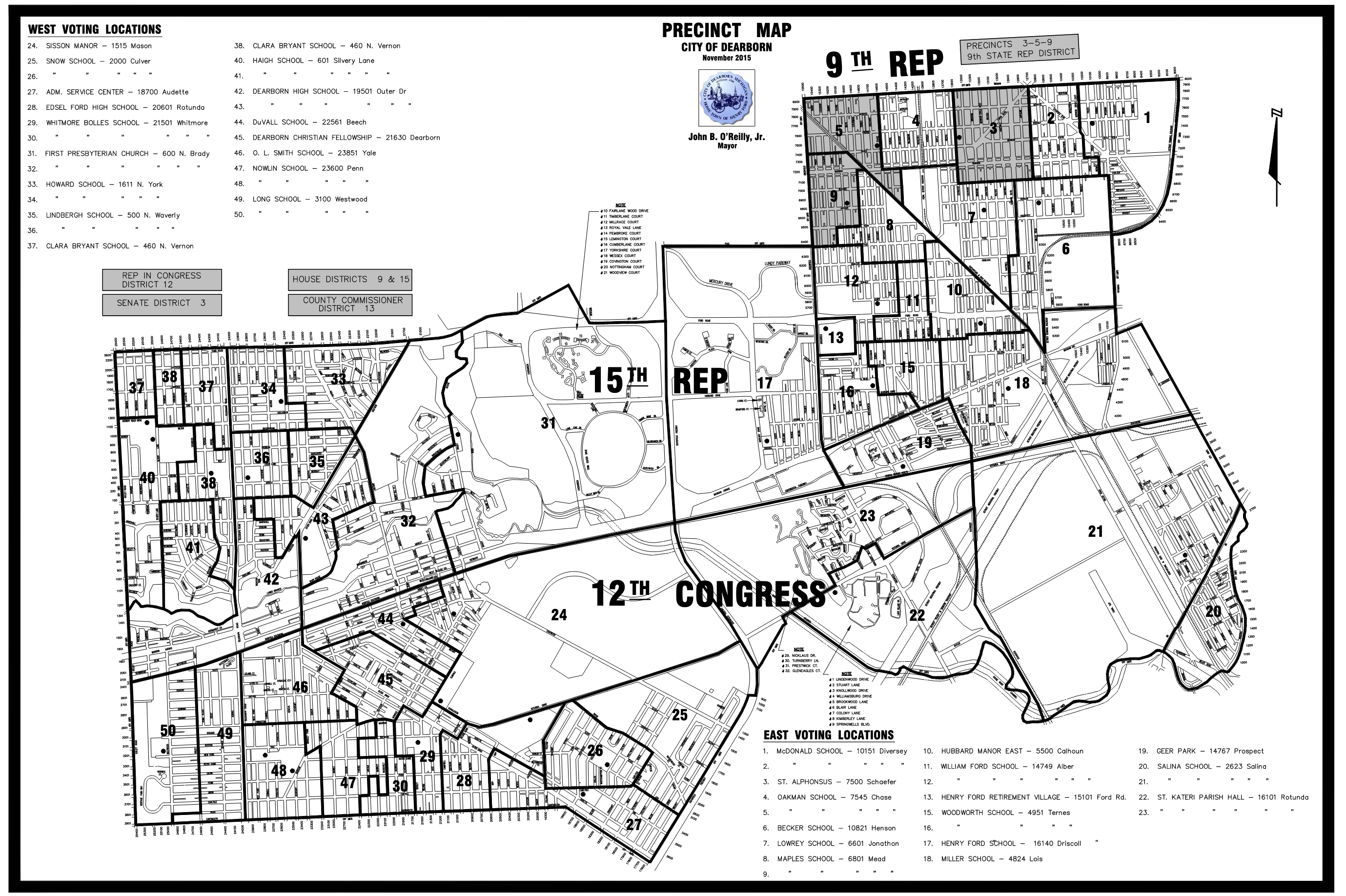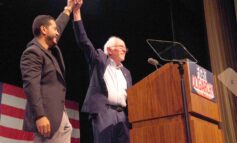DEARBORN – Now that the general election dust has settled, The Arab American News examined Dearborn election results broken down by precincts. Here are some observations based on the detailed results:
• The candidates’ rankings in the different areas of the city (see tables) offer several key conclusions:
1. Dearborn’s Southend, with a majority of Yemeni American voters, voted overwhelmingly for the Yemeni American candidates, placing them ahead of all others. On the other hand, when the east end is taken altogether, all three Yemeni candidates make it into the top seven, edging out Lola Elzein, who is of Lebanese descent. This shows that the few voices claiming that Yemeni voters supported all Arab candidates while other nationalities did not support Yemeni candidates are just creating divisions without considering what the actual results show.
2. Detailed analysis also shows Yemeni candidates endorsed by all community PACs did well in what are not considered homogeneous neighborhoods, like the Lowrey, Woodworth and McDonald precincts.
3. Some of the highest plunking vote losses were seen in both east and west neighborhoods, where in the east plunking occurred in favor of Arab candidates, and in the west in favor of non-Arab candidates. Plunking occurs when a voter is able to vote for multiple candidates — such as selecting the seven candidates for City Council — but chooses not to vote for all of them.
4. Plunking power is also magnified by turnout. West Dearborn turnout (60 percent of voters) is so much higher than east Dearborn (40 percent of voters), that while there is a lower overall percentage of plunking in west Dearborn precincts, the final results are affected more.
5. The only way for a candidate to win is to campaign in all Dearborn neighborhoods regardless of how popular he or she thinks they are in certain areas. For example, Gary Enos ranked seventh in the August primary and did not campaign hard in east Dearborn; he lost the election by 36 votes, ranking eighth. Conversely, Mustapha Hammoud ranked 11th in August, but campaigned heavily in all areas of Dearborn, which allowed him to move up to seventh and get a seat on the Council.
6. Khalil Othman, who during the last days of the campaign attacked most Arab organizations and accused them and Arab leaders of being “racist” and “anti-White”, fell from 13th to 14th. This shows that these types of tactics don’t work and in fact backfire. Even among Yemeni candidates who led the pack in the Southend, he ranked third out of three. 
• Further analysis of the votes cast show a generally low turnout in the east and south ends as compared to the overall city turnout. For example, at Salina precincts, only 744 voters showed up out of 2,912 registered. In addition, most of those who voted at Salina “plunked” their votes for Council and Charter Commission, meaning they voted for fewer than the seven or nine candidates, respectively, they were allowed to choose. On average, these voters voted for fewer than five candidates on Council, for example, with the most votes going to Yemeni American candidates. On the Charter Commission, the only Yemeni American candidate in the race, Mansour Sharha, received 476 votes while the next two candidates (of Lebanese descent), Hassan Abdallah and Hussein Hachem, received 353 and 307 votes respectively. Lebanese American candidate Kimberly Ismail, who lost the race by five votes, received 193 votes at Salina. Had Ismail received even half of Sharha’s vote, she would have won a seat on the Charter Commission.
• Despite repeated calls by the Arab American News and the Arab American Political Action Committee (AAPAC) and other groups to avoid plunking (under votes), this practice was more prevalent in precincts with high numbers of Arab American voters than in other parts of the city. For example, the highest level of plunking took place at Salina’s precinct 21 (37 percent loss of votes), where voters who showed up to the polls cast 1,886 votes for Council candidates out of 3,003 possible votes. At Salina’s precinct 20, the undervote was at 32 percent, where 1,491 votes were cast for Council out of 2,205 possible votes. The loss of votes at McDonald school’s precincts 1 and 2 was about 30 percent, where 4,353 votes were cast for Council out of 6,286 possible votes (Note: each voter gets seven votes for Council, the number of total possible votes is obtained by multiplying seven by the number of voters who cast their ballots).

Dearborn precincts map






Leave a Reply